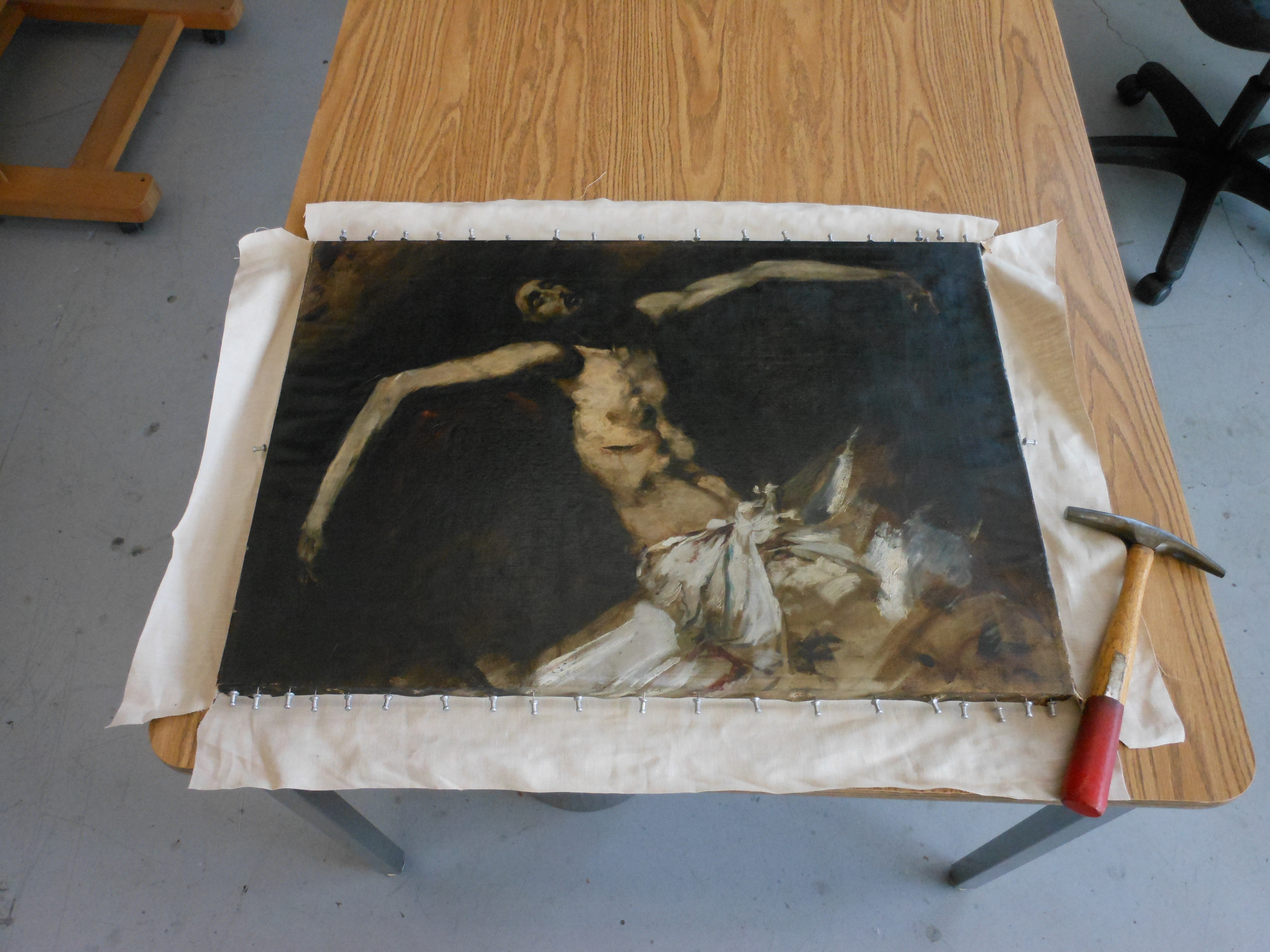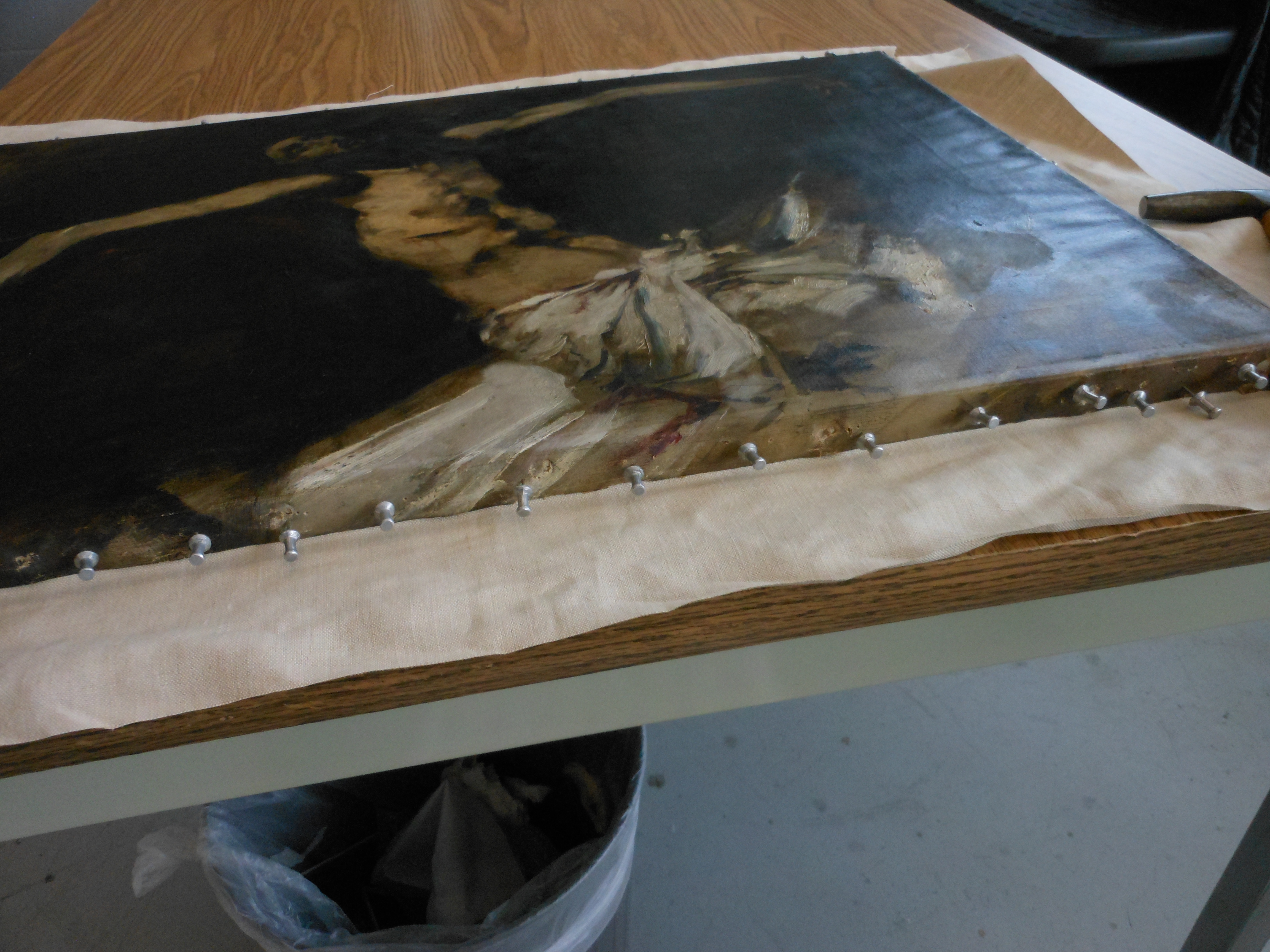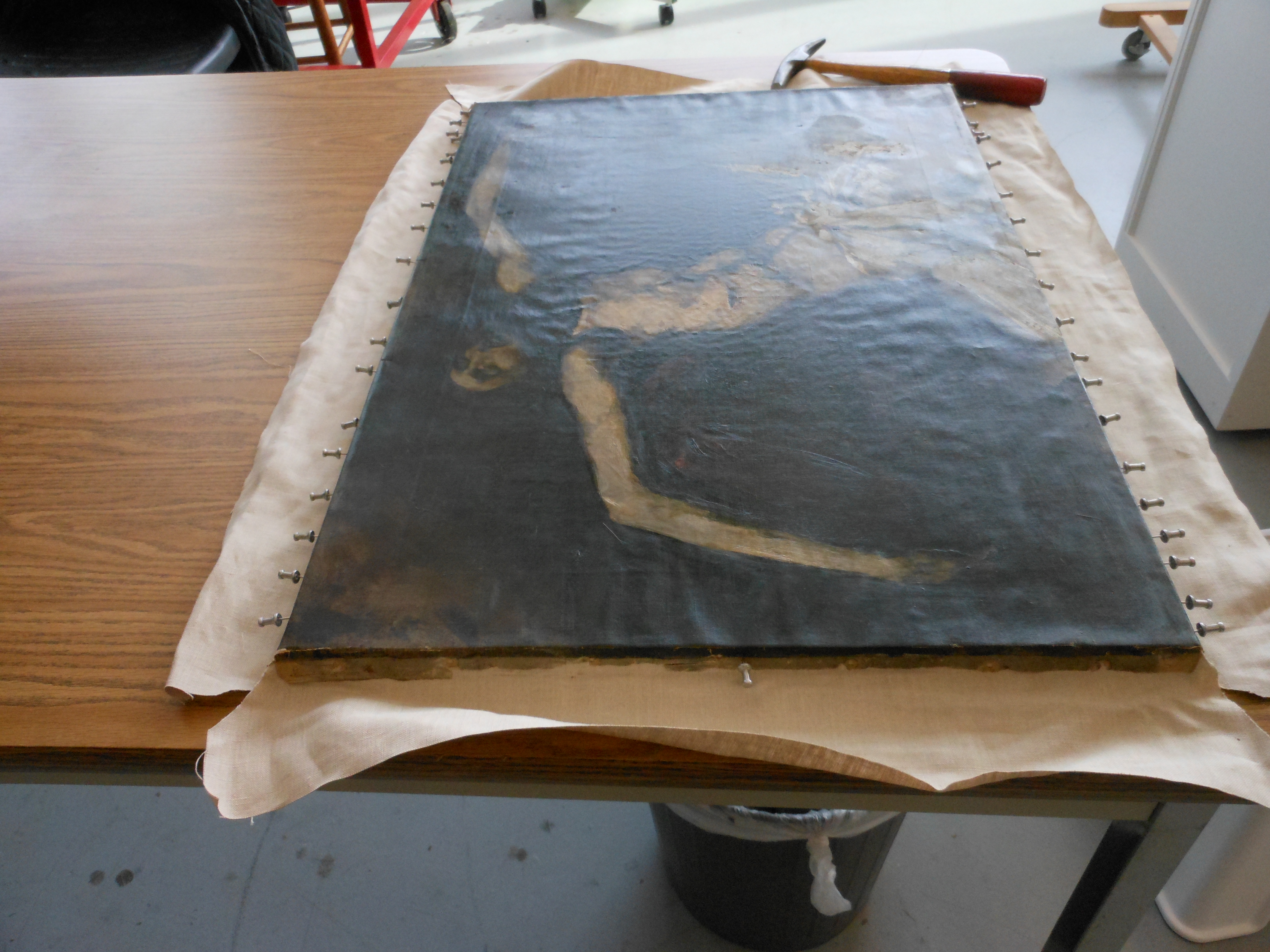- Events & Programs Home
- Calendar
- Accessibility
- Adults
-
Families & Teens
- Families & Teens Home
- 10x10 Teen Art Expo
- Art on the Rise
- Art Together: Art Making for Families with Children Ages 3–5
- Babies Sing with May Festival Minis
- Boy Scouts / Girl Scouts
- CAM Kids Day
- Family Storytime and Gallery Walk
- Family Studio: Art Making for Families with Children Ages 6–12
- Games in the Galleries
- Members-Only Baby Tours
- Public Baby Tours
- REC Reads
- Rosenthal Education Center (REC)
- Saturday Morning Art Class
- See Play Learn Kits
- Summer Camp
- Teen Fest: Zine and Comic Exchange
- RECreate
- Teachers
- Community Outreach
- Fundraisers
- Plan Your Own Event

- Events & Programs Home
- Calendar
- Accessibility
- Adults
-
Families & Teens
- Families & Teens Home
- 10x10 Teen Art Expo
- Art on the Rise
- Art Together: Art Making for Families with Children Ages 3–5
- Babies Sing with May Festival Minis
- Boy Scouts / Girl Scouts
- CAM Kids Day
- Family Storytime and Gallery Walk
- Family Studio: Art Making for Families with Children Ages 6–12
- Games in the Galleries
- Members-Only Baby Tours
- Public Baby Tours
- REC Reads
- Rosenthal Education Center (REC)
- Saturday Morning Art Class
- See Play Learn Kits
- Summer Camp
- Teen Fest: Zine and Comic Exchange
- RECreate
- Teachers
- Community Outreach
- Fundraisers
- Plan Your Own Event
Blog: CAM Uncovered
Blog: CAM Uncovered
- Home
- Plan Your Visit
- Art
-
Events & Programs
- Events & Programs Home
- Calendar
- Accessibility
- Adults
-
Families & Teens
- Families & Teens Home
- 10x10 Teen Art Expo
- Art on the Rise
- Art Together: Art Making for Families with Children Ages 3–5
- Babies Sing with May Festival Minis
- Boy Scouts / Girl Scouts
- CAM Kids Day
- Family Storytime and Gallery Walk
- Family Studio: Art Making for Families with Children Ages 6–12
- Games in the Galleries
- Members-Only Baby Tours
- Public Baby Tours
- REC Reads
- Rosenthal Education Center (REC)
- Saturday Morning Art Class
- See Play Learn Kits
- Summer Camp
- Teen Fest: Zine and Comic Exchange
- RECreate
- Teachers
- Community Outreach
- Fundraisers
- Plan Your Own Event
- Give & Join
- About
- Tickets
- Calendar
- Exhibitions
- Collections
- Blog
- Shop
Behind the Scenes in Conservation: Quarantined in traction!
by Conservation
5/21/2020
paintings conservation , painting stretcher , Robert Frederick Blum , canvas tension

Robert Frederick Blum (American, b. 1857, d. 1905), painter, "Study for Christ After Ribera," 1882, oil on canvas, Gift of Henrietta Haller, 1905.144

Robert Frederick Blum (American, b. 1857, d. 1905), painter, "Study for Christ After Ribera," 1882, oil on canvas, Gift of Henrietta Haller, 1905.144

Robert Frederick Blum (American, b. 1857, d. 1905), painter, "Study for Christ After Ribera," 1882, oil on canvas, Gift of Henrietta Haller, 1905.144
Here’s a conservation treatment that has continued during the stay-at-home period for our paintings conservator. As you can see in this study by American artist, Frederick Blum (1857-1903), the image continues over the bottom edge. The artist may have been painting on a scrap of unstretched piece of canvas, which would not be unusual for a study painting.
When we acquired the painting, in 1905, the canvas was attached to a wood strainer that had limited stretching capabilities. It was probably the first and only stretching for the oil-on-canvas, since there are no holes from any other set of tacks. Unfortunately for the painting, this stretcher could only be expanded in the horizontal direction, and not in the vertical.
After well more than a hundred years under such uneven tension, the canvas developed ripples along its side edges. Canvas deformations such as these, that take decades to develop, are the kind of structural distortion that cannot be quickly remedied. So, Study of Christ after Ribera was placed in traction.
After being cleaned last September, the painting was taken off the old one-way stretcher and strip-lined, (new canvas strips were applied to the edges). The strip-lined painting was then pinned to a new custom stretcher that is expandable in both directions. This ‘keyable’ stretcher has thin wood triangles called ‘keys,’ that are slotted into each corner on the reverse.
As you can see, during this temporary stretch, the canvas is held by just one pushpin on each side. Tension on the canvas is being applied only at the top and bottom. The uneven stretching is being applied in order to reduce the ripples along the sides.
The temporarily stretched canvas has been resting flat under this sort of traction for the past seven or eight months. Every month or so, it is ‘keyed out’ by gently tapping the keys that expand the stretcher vertically. The ripples have slowly reduced, but as you can imagine, after more than a century, they will not be eliminated quickly.
The painting has been requested as a loan to another museum. So it will eventually need to be stretched under even tension, and attached permanently and uniformly to all four sides of the new stretcher. But in the meantime it will be kept under traction to reduce the deformations as much as possible.
Cincinnati, OH 45202
Toll Free: 1 (877) 472-4226
Museum Hours
Museum Shop
Terrace Café
Library
Cincinnati Art Museum is supported by the tens of thousands of people who give generously to the annual ArtsWave Campaign, the region's primary source for arts funding.

Free general admission to the Cincinnati Art Museum is made possible by a gift from the Rosenthal Family Foundation. Exhibition pricing may vary. Parking at the Cincinnati Art Museum is free.
Generous support for our extended Thursday hours is provided by Art Bridges Foundation’s Access for All program.

General operating support provided by:



